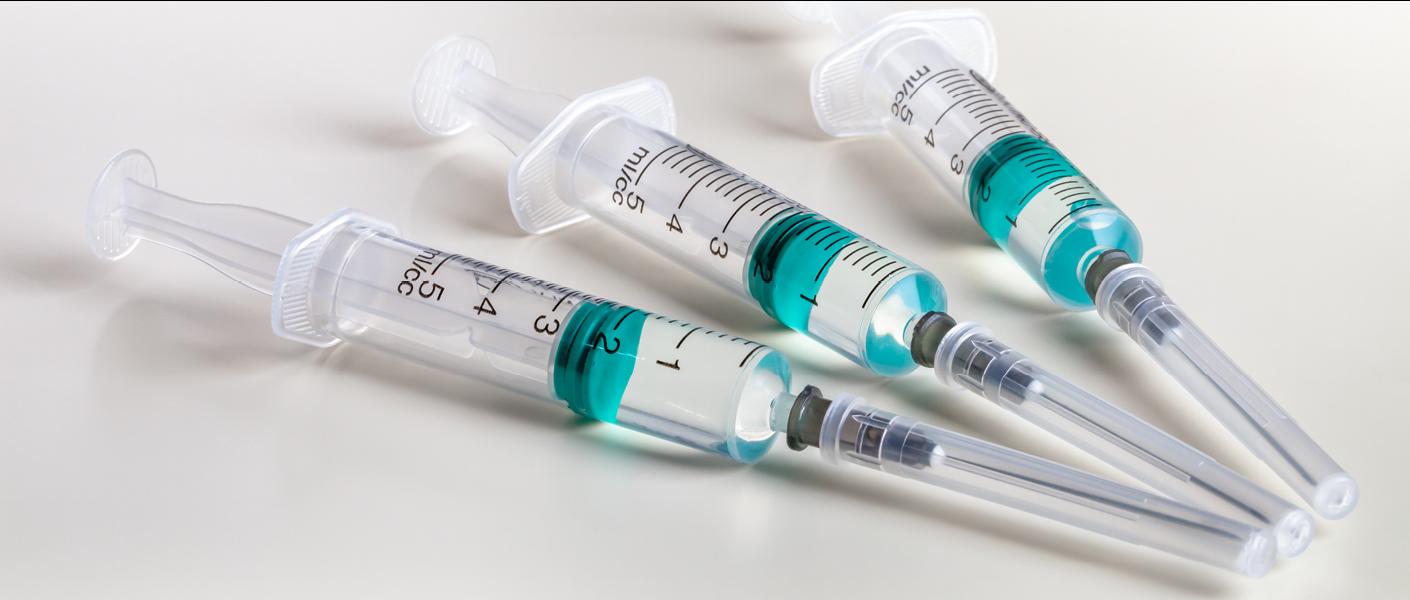
What are the key trends and developments in injectable drug formulation and delivery?
By 2030, the global biopharmaceutical market is projected to reach $856.1 billion and predicted to expand at a compound annual growth rate (CAGR) of 12.5%.
Covering a very broad range of treatments, biopharmaceuticals are most often administered via parenteral injectables, a market that is expected to reach $150.65 billion by 2028.
There are many reasons behind the growth in these markets, with a key driver being the billions of messenger ribonucleic acid (mRNA) inoculations that continue to be delivered globally.
Used in an increasing number of pharmaceutical treatments, most notably the in a variety of COVID-19 vaccines, mRNA injectables are set to account for a notable section of the foundations for a huge growth in parenterally administered drug products.
With such high levels of growth in this space, what are the recent sterile injectable trends and developments that pharmaceutical companies must keep up with? Our senior management product development Martin Gonzalez recently spoke with On Drug Delivery on this, and here he takes a deep dive:
The rise of biopharmaceuticals
Although the oral solid dose therapeutics market dwarfs the number of sterile injectables consumed around the world, parenteral drug administration is still growing.
The increasing uptake of biopharmaceuticals to treat chronic conditions like arthritis and diabetes has become a significant driver of this global growth.
Sterile injectables becoming mainstream patient care
A great number of biologics manufacturing is outsourced to external partners, with this market set to reach USD 38.3 billion by 2028 at a CAGR of over 17.5%.
This means that the pressure is on for CDMOs to expand their capacity and explore more efficient ways to speed up production, while also providing a shorter path to market.
Many CDMOS will run into challenges trying to balance their manufacturing capacity with demand in existing facilities. This is likely to prompt renewed capital spending on facilities.
Much of the emphasis on contemporary drug design has shifted from simply preserving basic quality attributes such as safety, efficacy, and potency in a simple container.
Now, sterile injectables are far more complex, implementing new ways of preserving the value of the drug while providing additional benefits. These benefits include precise easy-to-administer delivery systems for better dose compliance.
Greater focus on the patient experience has influenced the development of more creative ways to deliver sterile formulations. These include patches that subcutaneously penetrate the skin, degradable implants and other innovations. However, injectable formats remain the most prominent type of administration.
Enhancing patient centricity and compliance with sterile injectables
By 2024, the global market for self-administered injectable drug delivery is expected to exceed more than US $119 billion.
Patients who need regular doses of injectable treatments have become accustomed to self-administration. But for these millions, there is a growing preference for more patient-centric ways to self-administer injections.
This focus has prompted significant innovations in injectable devices, such as pre-filled syringes, pre-filled pens, and automated electronic injection/infusion devices.
Needles used in injectables have also been subject to long and continuous development. Now, these components are engineered to support less painful subcutaneous and IV delivery and manage the flow of drug substance from device to patient.
Small bore needles with a 27 to 31G gauge are often the preferred way to mitigate pain and discomfort at the injection site. However, these usually carry the unwanted risk of clogging, rendering the administration process riskier and less predictable.
There are also additional challenges for high concentration products, such as product shear, or higher infusion pressures that these devices must be capable of handling.
Many pump designs have been developed that can address these issues, but there is currently no one-size-fits-all answer. As mentioned, continuous development of a delivery device and the drug product formulation is needed to overcome these challenges.
Prefilled syringes, unit-dose autoinjectors and similar delivery modalities have dominated the market for years due to their simplicity and ease of use. Among those technologies, analysts note that prefilled syringes represent the fastest-growing segment. In 2020, the global prefilled syringes market was valued at $5.6 billion, and is expected to reach $10.1 Billion by 2027.
Connected auto injector devices such as infusion pumps for insulin delivery have only been on the market for a short time. However, innovators are increasingly taking advantage of these proven technologies to increase patient-friendliness and promote better therapeutic outcomes.
CDMOs joining the dots for patients with external partners
CDMOs are increasingly being tasked with putting all the pieces of this intricate puzzle together, all the way from sterile injectable development to finished drug products and beyond.
Sterile injectable drug delivery devices present several challenges to successful development. High-potency biologics are often highly viscous and have problematic shelf lives, logistics issues, and other barriers to successful commercial development.
CDMOs must carefully evaluate the characteristics of a drug substance and consider the appropriate delivery device that should be used. While some ‘default’ options such as glass vials and prefilled syringes may seem like the go-to option, they may ultimately prove to be unsuitable.
Regardless, the chemical makeup of the drug product is prompting program collaborators to pursue an even deeper analysis – not only of the drug’s intrinsic formulation properties but also the device’s technical limitations, as well as its intended use and end-user.
IP owners may understand what must come together but not exactly how this can be done to create the bigger picture of the product as early in development as possible.
The right combination of experience, technical capabilities and expertise are required to commercialize and manufacture these sophisticated products successfully.
Ultimately, pharmaceutical companies must look to find the right contract partner to help them deliver their innovations to patients.
Discover how Pfizer CentreOne’s expertise and capabilities can support you in getting your next sterile injectable to market with greater efficiency and patient centricity